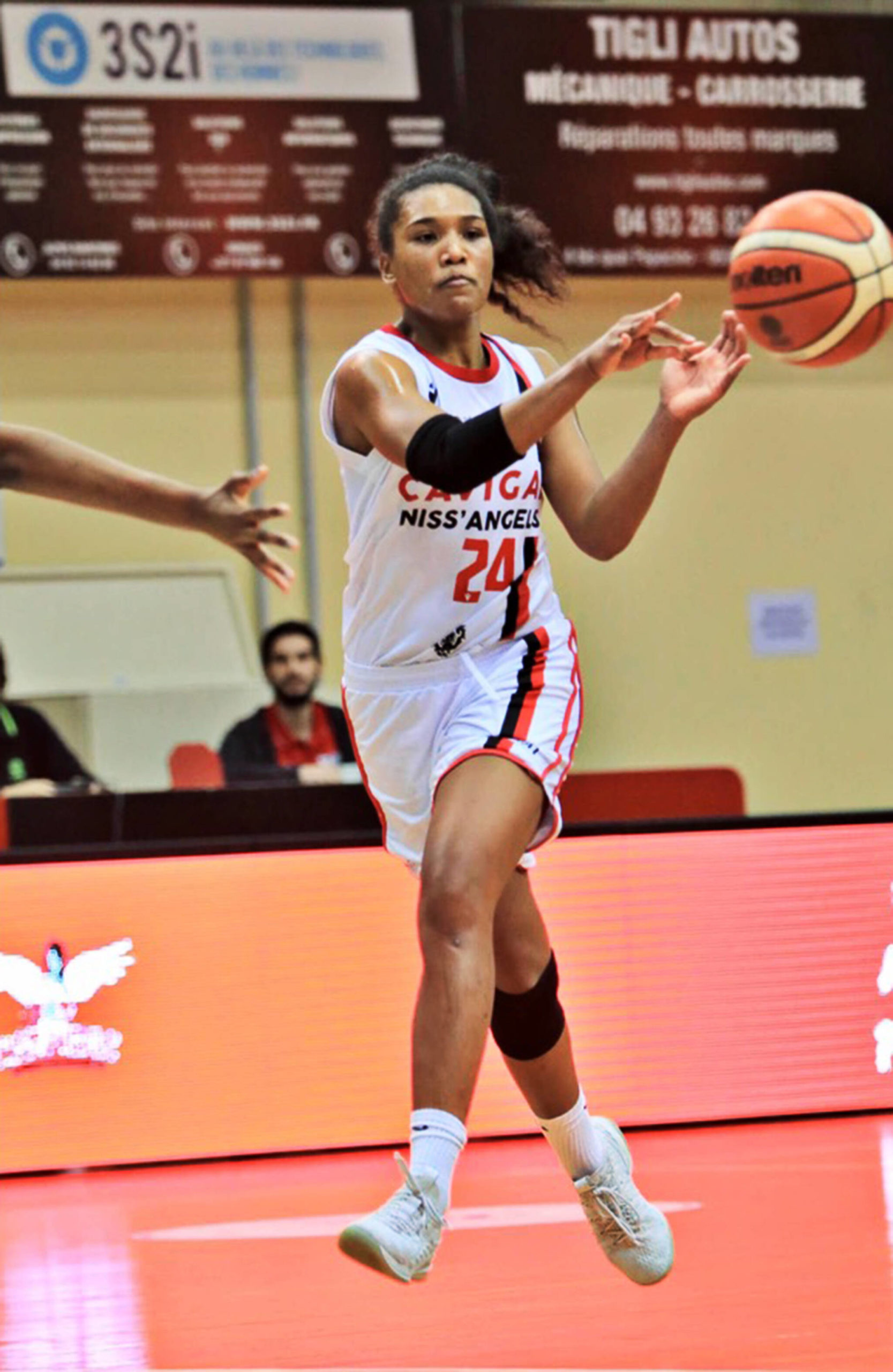Third in a series.
Title IX has made an impact in equal facilities, equal opportunities and higher participation numbers for female athletes. But even after 50 years funding is still an issue.
In the high school level, funding for each sport is separated by number of participants. Therefore, a school with three football teams and one girls water polo team will give a larger portion to football.
Central Kitsap’s former girl’s basketball coach, Ashli Payne, said her team had to fight tooth and nail for every penny.
“We get equal pay and equal budget, but we have to work our butts off for fundraising for extra money,” Payne said. “I prefer putting it in the program’s hands to figure it out.”
Payne added she saw the discrepancies when she first stepped foot on Central Kitsap’s campus.
“There were times when I looked at the guy’s side and questioned why we don’t have that,” Payne said. “They prioritized the men’s side more, even for something simple like a smaller storage unit than the boys, our practice time was bogus, and we would do the same thing the men would do but get in trouble for it.”
According to the Associated Student Body, or ASB, about half of the high schools in Kitsap County have more money in boys’ sports than girls’ from 2016-21.
At Central Kitsap High School, the boys’ sports (baseball, basketball, football and soccer) averaged an ending balance of $3,168.88 per team. On the other hand, the girl’s sports (soccer, basketball, softball and volleyball) averaged $1,071.29 per team.
At Olympic, boys’ earned an average ending balance of $2,811.95 per team while the girls’ averaged $1,352.87 per team. At Bremerton, the boys’ earned an average ending balance of $2,795.82 per team while the girls’ averaged $1,800.83 per team.
Although some high schools have boys raking in more money, other schools have girls bringing in more dollars per team.
At North Kitsap High School, the girls’ sports earned an average ending balance of $2,309.48 per team while the boys’ earned an average of $1,639.28.
At Kingston High, the girls’ averaged an ending balance of $3,159.97 per team while the boys’ earned an average of $1,801.56.
Bainbridge High School did not provide enough information to include them.
Some coaches and staff believe they have seen a lot of progress in the funding aspect of prep sports.
Olympic High’s Keith Peden has been coaching girl’s volleyball for over 30 years. Early on, funding was a struggle. However, he believes the gap has narrowed tremendously.
“Our district has done a lot to change the funding,” Peden said. “Girls basketball has as much money as guys basketball does and same thing as soccer.”
According to multiple ASB reports, out of the 12 girl’s soccer teams nine had a higher ending balance than the boy’s teams. In addition, they had a higher revenue seven out of the 12 times.
As for revenue sports, the boy’s basketball teams and football teams dominated the girl’s basketball and volleyball teams.
Boy’s basketball had the same ending balance or more than the girls 14 out of the 17 times. In addition, they had a higher revenue 14 out of the 15 times over the years.
Although it’s tough to compare football to volleyball, volleyball is the highest revenue sport for female athletes in Kitsap. In the Kitsap high schools, the results split between the two sports.
Volleyball had a higher ending balance than football eight out 15 times but football had a higher revenue eight out of those 15 times.
Although female sports are starting to create revenue at the local level, they still rely heavily on the male counterparts.
Bainbridge High’s head track coach Andrew Grimm said: “Of course football and basketball are the revenue sports. They charge at the gate so you depend on that. Plus, all the ASB and concessions at those games. The more successful your basketball and football teams are, the more revenue each sport gets.”
In the coed sports, funding is less of an issue. For example, Bainbridge High head cross-country coach Anne Howard Linquist describes the all-around support within the program.
“For cross-country, it’s great because we have wonderful parents on the boy’s and girl’s sides,” Lindquist said. “The parents have been great supporting us as well as the school, too.”
Overall, funding at the high school level shows signs of positivity. In addition, South Kitsap’s athletic director said they are trying to add female voices to the discussion as well.
“There has been more emphasis on bringing more female voices to the table to help with conversations about where we’re falling short and lacking opportunities,” Lindsey Foster said. “We need to continue to shed lights on the areas we are lacking like funding. Until people are aware of the issue, then we can’t fix it. We need to continue to talk about it and move the needle forward.”
Although football and boy’s basketball reign supreme, girl’s sports are creeping into the shadows.
“Holistically, it’s a really good time to be a female athlete,” Grimm said. “If you’re a female athlete, sky’s the limit.”



